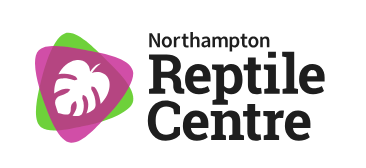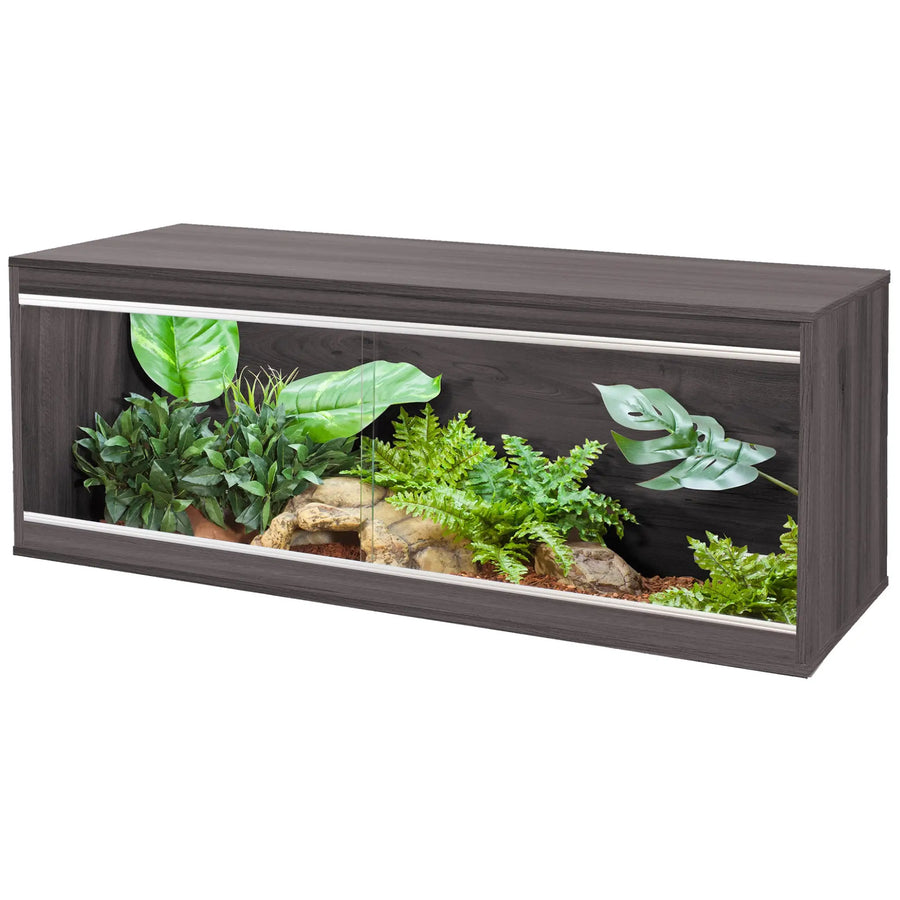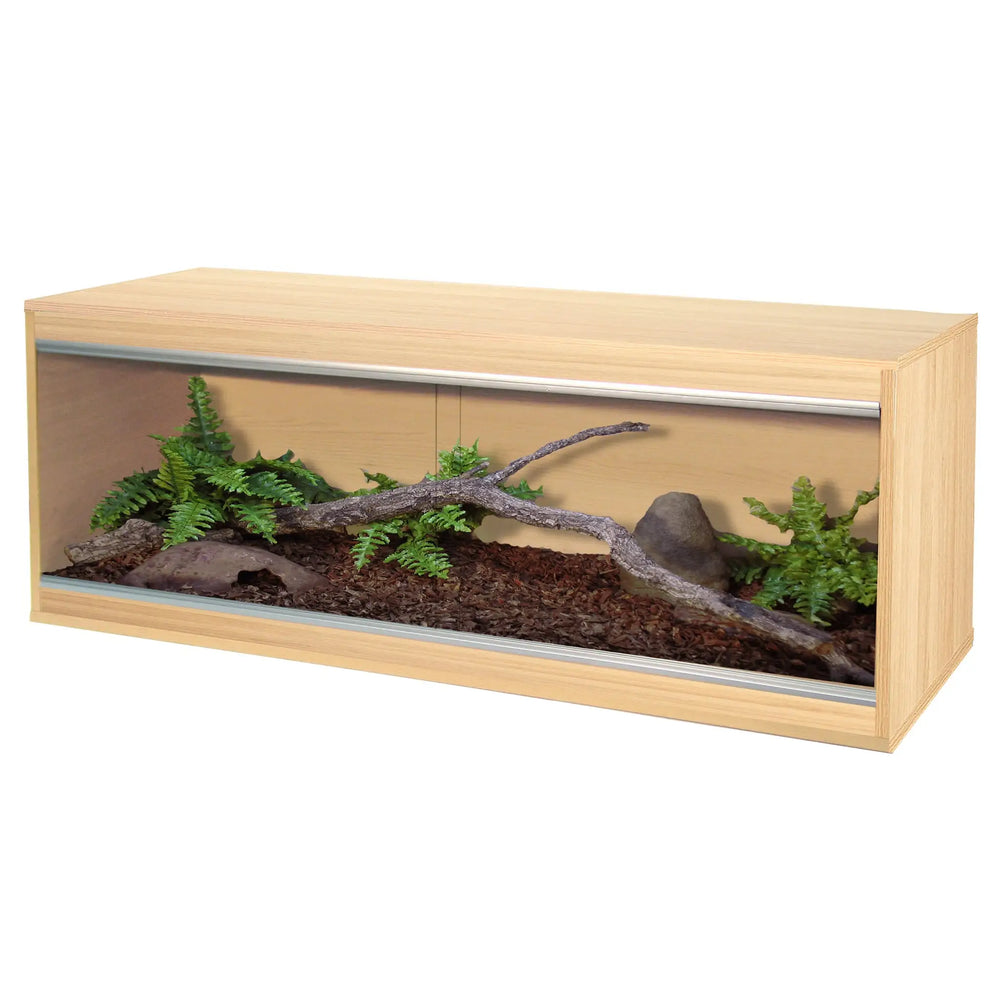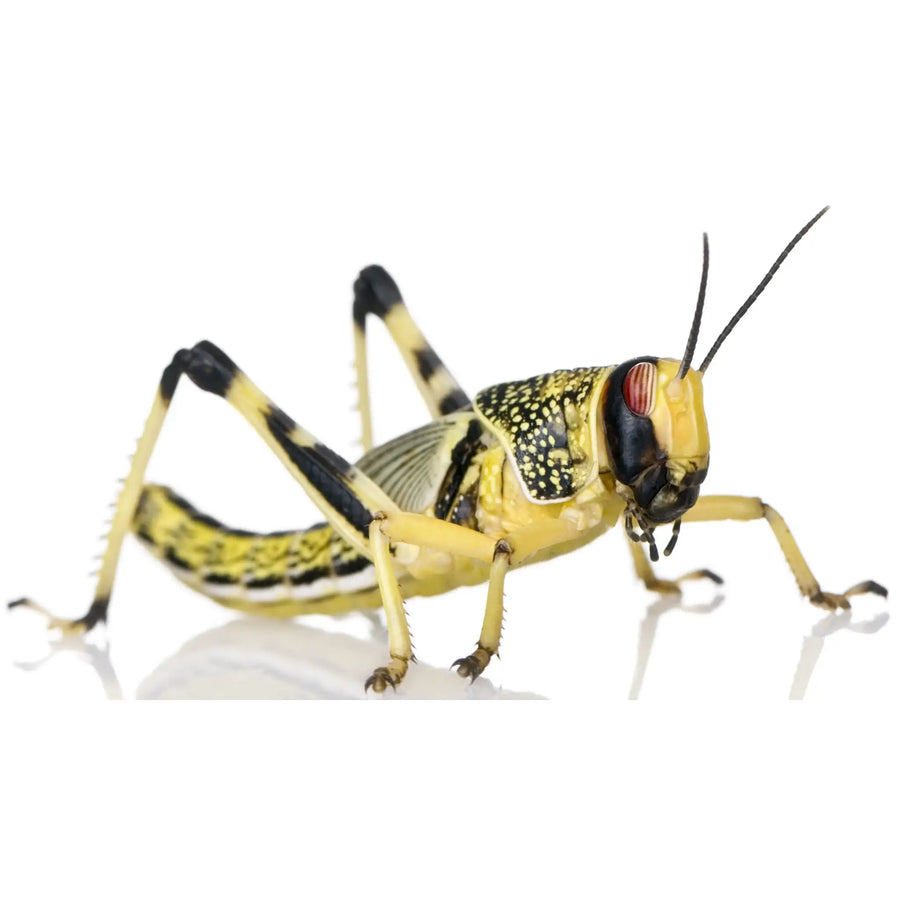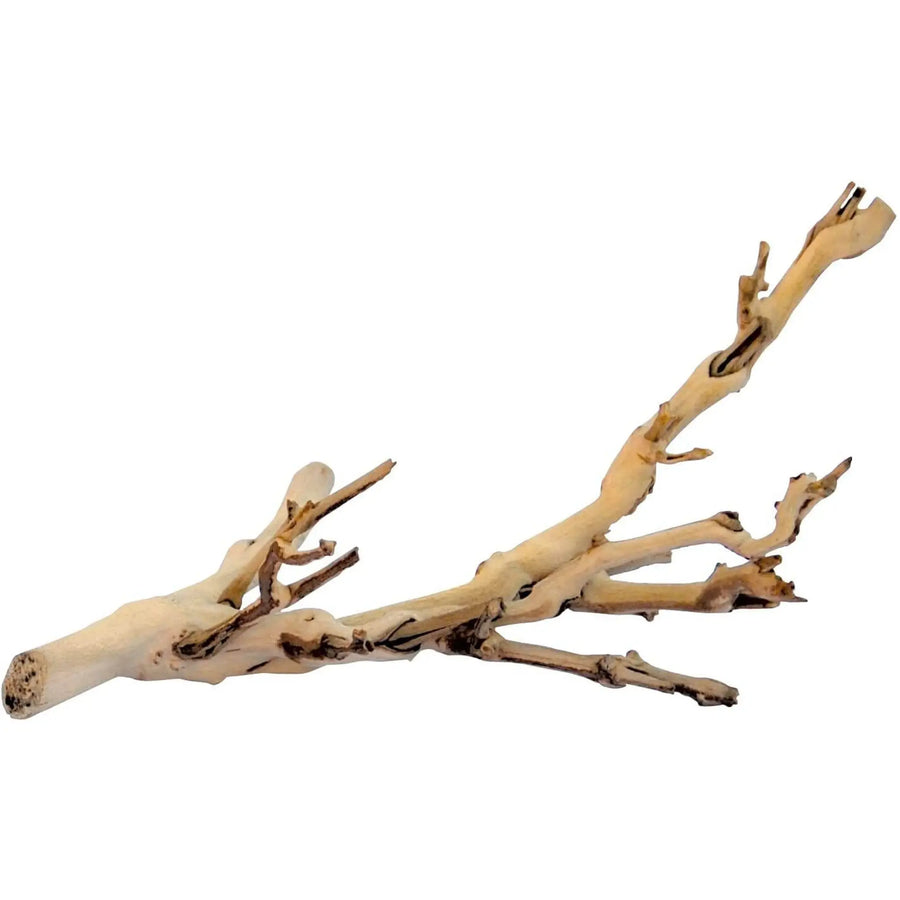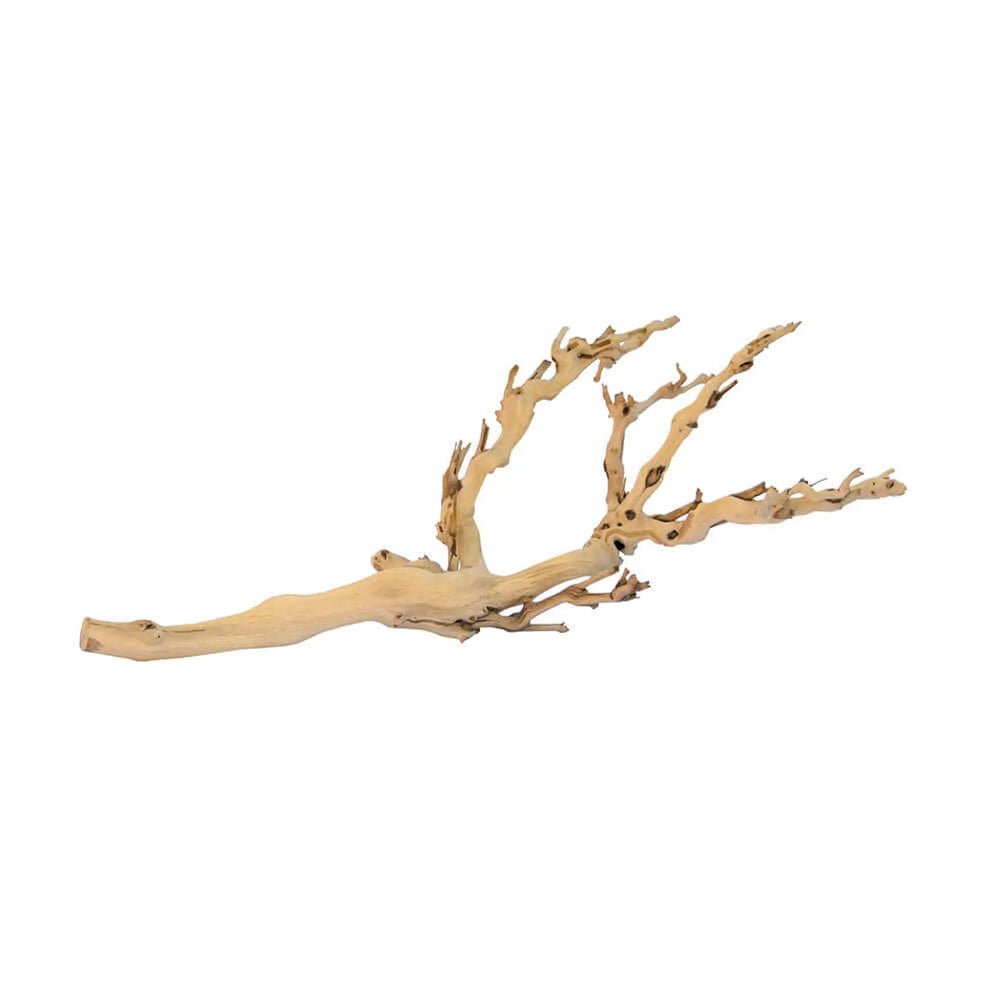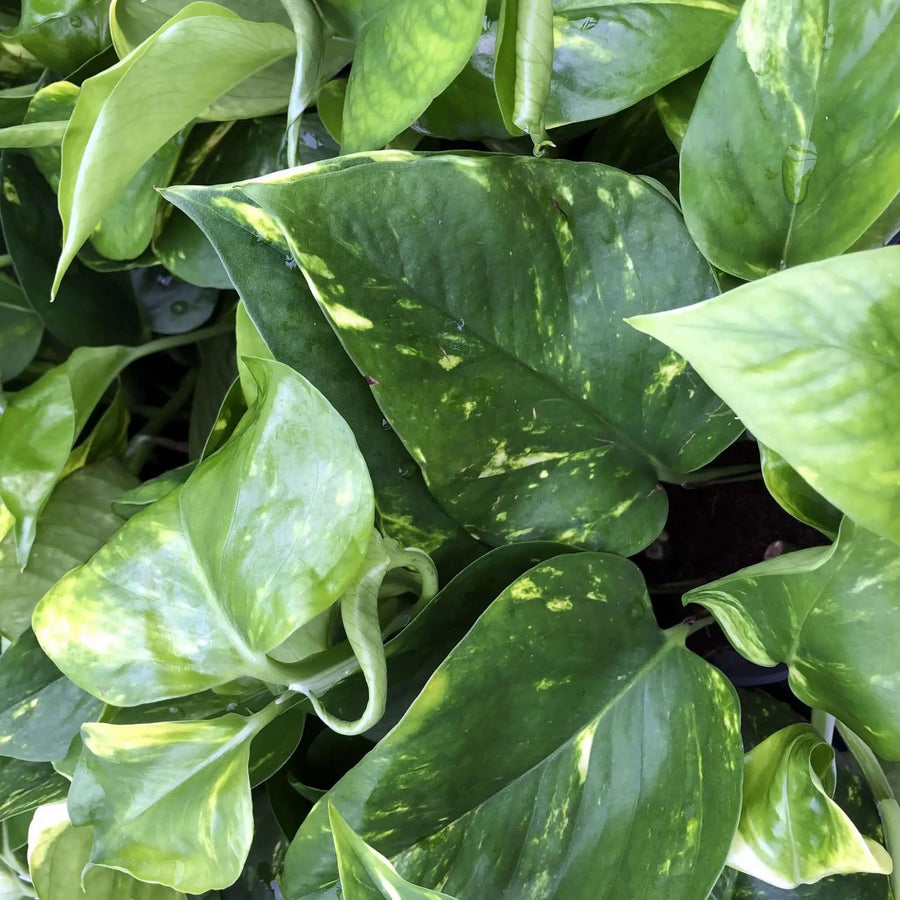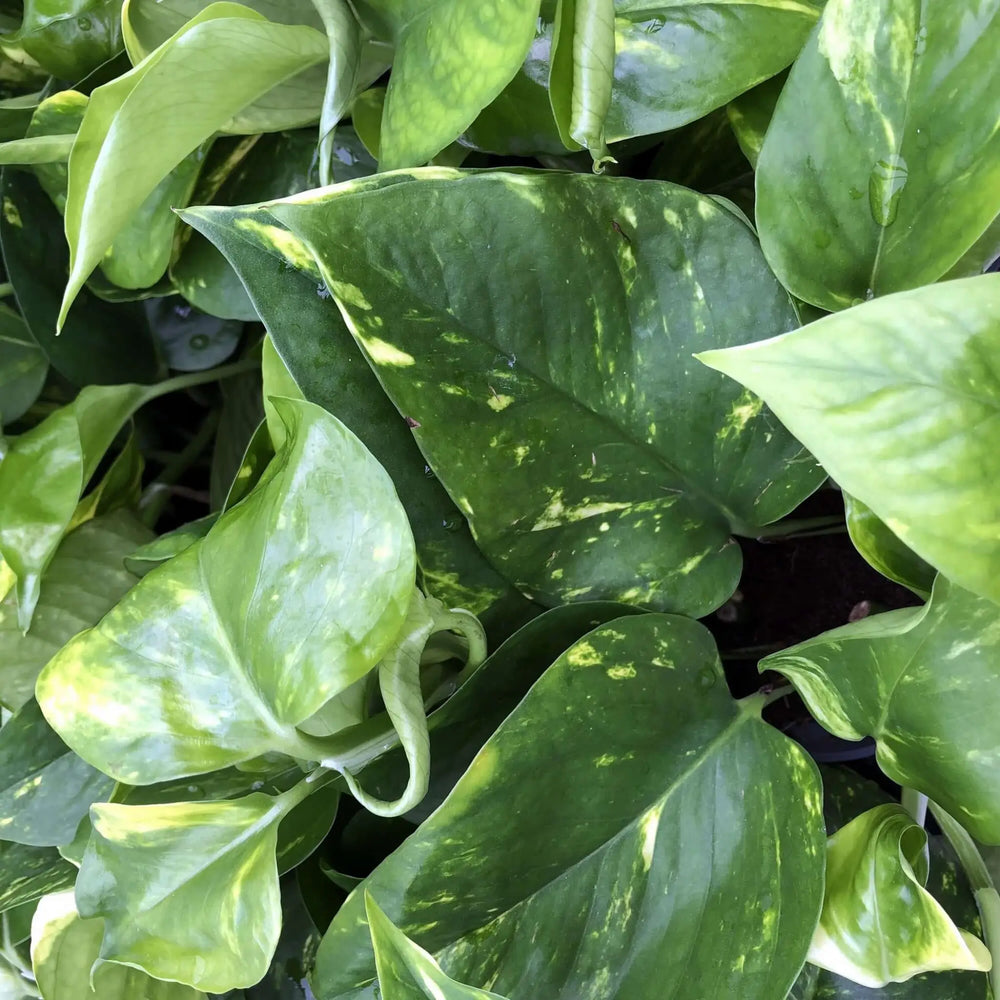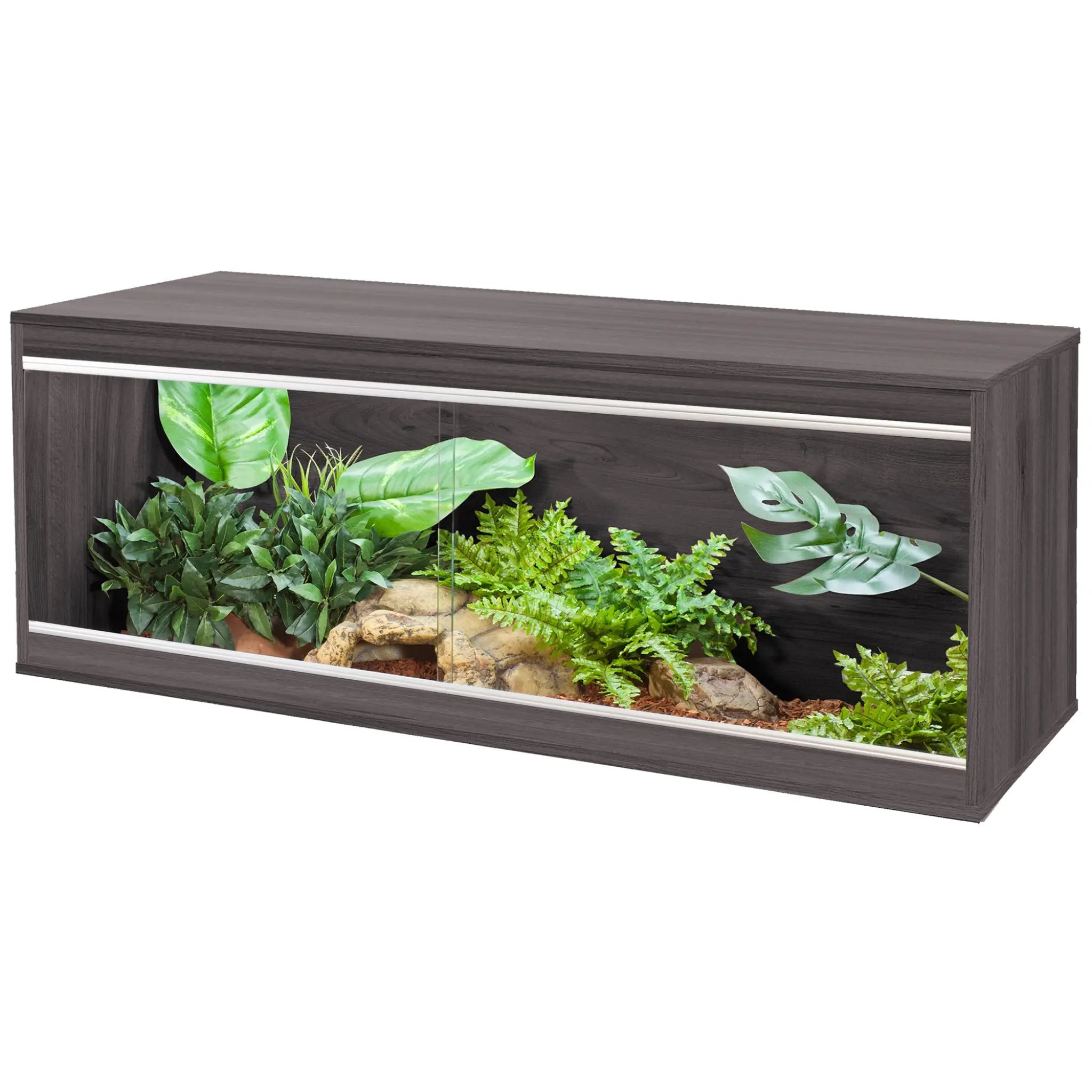
Panther chameleon – Our favourite locales
by Luke Tansley on in Chameleons
Panther chameleons are a beautiful tree-dwelling lizard found in Madagascar. They are a popular species commonly kept in the UK. This is mostly due to their amazing colouration and variability, their great personality and how easy they are to handle. The panther chameleon can only be found in a relatively small area in the wild but there can be a big difference between chameleons based on the location their ancestor were found. The most commonly stocked localities you can expect to see in the UK would be Nosy Be, Ambilobe, Nosy Faly and Sambava. Generally, the males are colourful whereas the females tend to be white/pink and brown. They will change colours slightly depending on their living conditions, level of stress and certain events like breeding, egg-laying etc.
Nosy Be

Male Nosy Be panther chameleons tend to have less of a pattern but more bold colours centred around blue, green or combinations of the two. Generally, there is a thin white stripe running the length of their torso with green colouration behind and blue vertical stripes running from the spine down. They are probably the best camouflaged variety and look great when set against colourful decorations and plants. We would normally pair them with a Tradiscantia sp. background and colourful bromeliads to make them a little easier to pick out in the enclosure.
Ambilobe

Male Ambilobe panther chameleons are our favourite in the Northampton store as they have great contrast between colours and also have a very distinct colour change when they are excited or warm. They are normally red and green but they have bright red patches around the face, feet and underside of the torso. Running throughout the torso or just along the ridge of the spine they normally have orange or yellow patterns and in between these are bold blue or green stripes. As with the other localities they still have the white line running the length of the torso but this becomes slightly yellow or blue where it crosses over another colour. We have seen many individuals with a wide variety of markings and each chameleon appears to be wholly unique. Historically our beloved store pets Percy, Percy jr. and Belamy were all Ambilobe panther chameleons so those who have visited the store will know the locality well.
Nosy Faly

Male Nosy Faly panther chameleons are a very interesting locality that we don’t see quite as often. They are very similar to Nosy Be enclosures but they have large patches of the body that are white leaving coloured spots showing between. They can vary wildly from a blue/green colour to yellow, red/green, blue/green or mostly white. As with the others, they still have the white line running the length of their body but it may break up where it should overlap another pattern. The spots and patches of white do a great job of breaking up their shape against a backdrop of fine leaves or branches so we tend to keep these in bio-active enclosures with large leaf vines like the Epipremnum aurem or Philodendron scandens and pair them with flowering bromeliads that aren’t coloured similarly to their body. It is easy to tell when this locality is distressed or cold as the darker colours (reds and blues) in their spotted pattern can become very dark and almost black.
Sambava

Male Sambava panther chameleons have the warmest colours of any in this list and tend to display reds, yellows and oranges more prominently than blues and whites. They have the white stripe along the side which is mirrored on their lip but it is thinner than the other localities and stands out a bit more against their unusual torso colour. Some stunning individuals would be yellow/green on top which runs down to a vibrant yellow at the bottom. Between this, stripes run from the spine to the middle of the torso in red, burgundy or brown. Stripes can also originate under the belly and run-up to the middle of the torso, further breaking up the body shape. They can be difficult to spot in enclosures with colourful decorations so we would advise a backdrop of dark green, dark wooden ornaments such as cork or troncho branches and purple flowers like the Neoregalia or Cryptanthus.
To see how we advise keeping these stunning reptiles, please click here.
To see what is available at the Northampton store click here.
To see what is available at the Towcester store click here.
If you have any other questions regarding this species or need any help with your pet reptile, invertebrate or amphibian please email us at sales@reptilecentre.com
